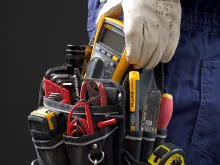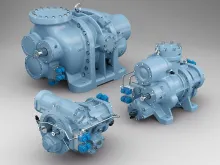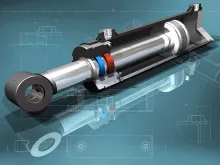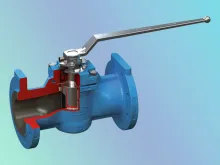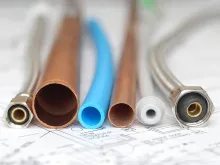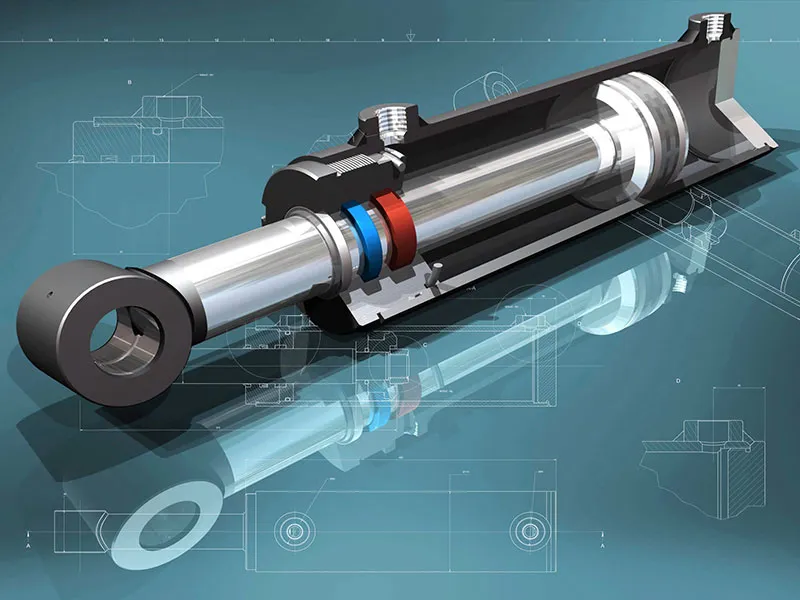
Hydraulic power transmission is a method that uses liquids as a medium for transferring energy. In these systems, hydraulic fluid, air, or gas is utilized to convey power from one location to another. Hydraulic systems are valued for their reliability, precision, and trustworthiness in power transmission.
Hydraulic equipment consists of several components, including pumps, cylinders, valves, filters, pipes, and fittings. In a hydraulic system, the hydraulic pump draws fluid from a power source, such as a motor or electric motor, and channels it to various hydraulic equipment like cylinders and hydraulic motors. Hydraulic cylinders play a crucial role in converting hydraulic energy into mechanical energy and act as tools for movement and propulsion. Valves and filters are essential for regulating fluid flow and ensuring the fluid's quality.
Thanks to the properties of hydraulic fluids, these systems offer high power transmission efficiency, thermal stability, smooth operation without vibration, controllable movement speeds, and the ability to reverse the direction of moving machinery, making them ideal for applications in robotics and industrial machines.
